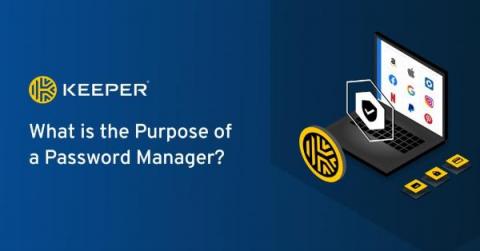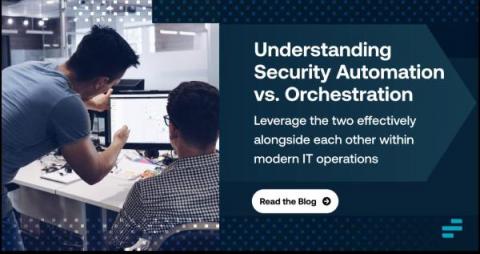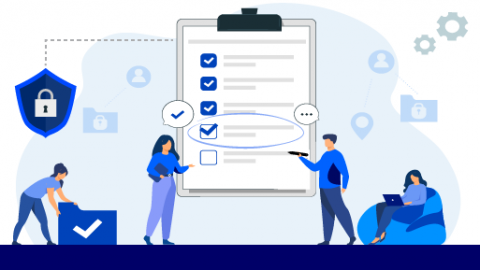Crypto miners' latest techniques
Crypto miners are determined in their objective of mining in other people's resources. Proof of this is one of the latest samples identified with AT&T Alien Labs, with at least 100 different loaders and at least 4 different stages to ensure their miner and backdoor run smoothly in the infected systems.









